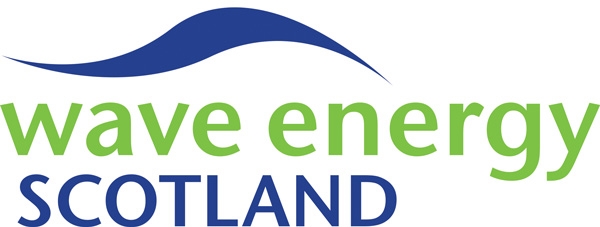
Combined approach – funder, partner and broker
Wave Energy Scotland (WES) plan to continue its balance of roles within the sector using partnerships, collaborative projects and influence to create direction, opportunities and enabling pathways, while using public funding to deliver the technologies required to achieve Scotland’s wave energy objective - a commercial, home-grown wave energy industry bringing social, technical and economic benefits.
This balanced role includes:
- Direct strategic funding and management of utility scale wave energy technology development, demonstration and deployment.
- Strategic partnerships, collaborations, funding acquisition and projects to deliver the tools, approaches and pathways required to achieve commercialisation of wave energy.
- Coordinated use of Scottish Government, UK Government and European Commission funds to drive technology delivery and attract private investment.
- Brokerage and coordination:
- Assisting Scottish companies to acquire funding from other sources by leading or influencing project proposals. WES has already led or partnered in a range of Horizon programme proposals in partnership with Scottish organisations, resulting either in successful funding acquisition, or creation of strategic positions for Scottish companies.
- Participation in relevant national and European bodies to support coherent messaging into government (UK Marine Energy Council, Ocean Energy Europe).
- Participation in coordination projects delivering European Commission sector-guidance initiatives. WES is a funded partner in recognised European advisory and monitoring projects in support of the delivery of the European Commission's SET Plan (the OceanSET and SEETIP Ocean projects).
- WES is co-chair, and runs the secretariat, of the SET Plan Implementation Working Group (IWG) for Ocean Energy which provides the opportunity to influence European ocean energy policy and funding opportunities. WES is well positioned to continue this role.
Our activity
Find out more about Wave Energy Scotland's research and strategic activity.


Academic Collaboration

Steering and Advisory

Knowledge Capture


